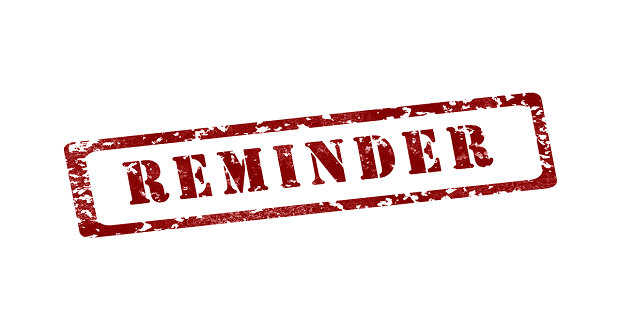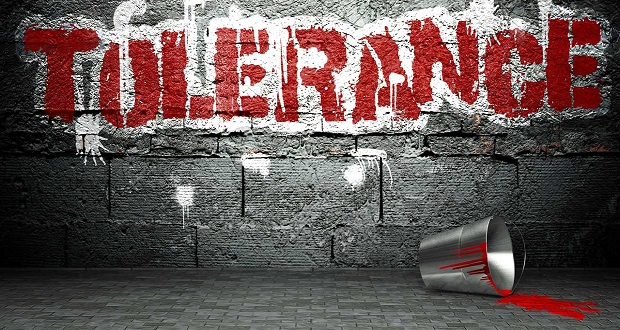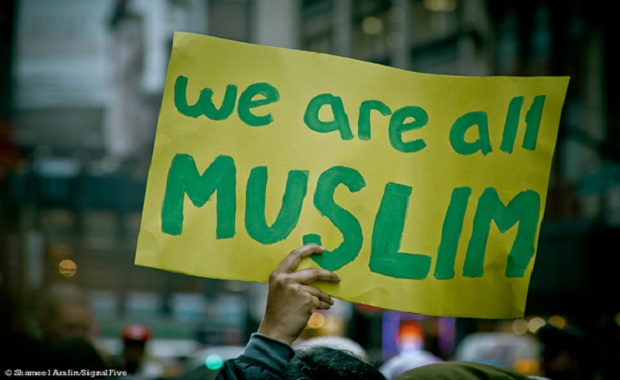
Racism. This work. Sometimes, it can all feel so daunting. For me, this feeling is a bit more salient on some days than it is on others. This week, I had the opportunity to attend a talk on Race and Racism that, as enriching as it was, served as stark reiteration of the urgency of diversity, equity, and anti-racism work (emphasis on anti-racism).
While attending an event hosted by the Open Society Institute in Baltimore, MD that featured a dialogue between Dr. Beverly Tatum (psychologist and author of Can We Talk About Race? and Why Are All the Black Kids Sitting Together in the Cafeteria?) and Dr. Sonja Santelisis (CEO of Baltimore City Public Schools), I felt my heart palpitate as they, even audience members, shared the ways in which children, education systems, and they themselves continue to be impacted by systems of racism. Sure, much of what was shared didn’t necessarily come as a surprise, but my familiarity and proximity to the subject matter by way of my work with The Winters Group (and being a Black woman), didn’t make it feel any less triggering or frustrating. I was particularly struck by the data shared related to Black preschoolers and disparities in their discipline and suspension rates. (To be honest, I wasn’t even aware that suspension was a disciplinary option for children in that age range.)
Dr. Tatum shared a few statistics that were particularly compelling for me and ‘hit home.’ She spoke of a study conducted by Dr. Walter Gilliam of Yale University that examined how Black male preschoolers are more scrutinized in classroom settings than their counterparts. Here’s an excerpt from a report from the Office of Early Childhood Development that synthesizes the findings:
“In his experimental study, Dr. Gilliam asked early educators to watch a video of children in a classroom and press a button each time they saw a ‘behavior that may become a potential challenge.’ The video included four children- a black boy and girl and a white boy and girl engaged in a small group activity. In reality, the video had no challenging behaviors in it. Using an eye tracking device, the research team measured where teachers were looking on the screen. Findings revealed that teachers spent significantly more time looking at the black boy in the video, than any other child.
This research may shed some light on the stubborn disparities we see in expulsion and suspension practices. If early educators are scrutinizing black boys more, looking at them more, expecting more challenging behavior from them- we may expect they may find it, or in some cases think they’ve found it, even if objectively it is not there.”
In her talk, Dr. Tatum made connections between the over-scrutinizing or tracking of Black male preschoolers to the over-policing of Black men and communities. She also shared other research by Dr. Gilliam that explored factors that were considered precursors to pre-school suspension—including race (Black), size (3+ ft tall), sex (male), teacher to student ratio, and teacher stress. The data found that preschoolers who were Black, male, and larger than the “average” preschooler were more likely to be suspended than their counterparts. I felt myself get a little choked up when she shared this. I’m a mom to a wonderful Black boy, a two-year old, who is also 3 feet tall (already). It was frustrating for me, in that moment, to be reminded of the ways in which racism strips Black children of their innocence so early—that literally no place, no system, no person is immune to the inter-and intrapersonal manifestations of racism—unless they’re both: 1) actively challenging themselves, others, systems, and what they’ve learned and consume on an ongoing basis and 2) doing something about it (anti-racism).
No place, no system, no person is immune to the inter-and intrapersonal manifestations of racism. Share on XRacism is rampant. This work is daunting—but necessary. And quite frankly, it is a matter of life and death for many. During the Q&A portion of the event, I asked Dr. Tatum and Dr. Santelesis their thoughts on the role of the education system in building capacity for teachers to facilitate and create spaces for students to engage around complex topics like race, racism, and inequity. The consensus was that schools do play a role (e.g. professional development that focuses on cultural proficiency and bias for teachers, curriculum that explores race critically)—but the reality is we all play a role as individuals. However, our roles in dismantling systems of racism are not all created equal. We know that power, privilege, and identity influence not only the ways in which we experience systems, but also the ways (and velocity) by which we should engage in dismantling them. As Dr. Tatum put it, it starts with “bringing the unconscious conscious,” or as we at The Winters Group have said, “it starts with greater self-understanding.”
We know that power, privilege, and identity influence not only the ways in which we experience systems, but also the ways (and velocity) by which we should engage in dismantling them. Share on XIn some of our sessions, we’ll ask participants (and even share as facilitators), about the “why” behind our DEI work. The range of response includes those rooted in more “business-centric” reasoning (e.g. “I want our organization to be successful,” “I want to be the best leader I can be”) to altruistic reasons (e.g. “I believe everyone deserves to be treated fairly”) to more personal reasons (e.g. “I want to feel like I belong,” “This is a matter of survival, my sanity [at work]”). I’ve tracked, anecdotally, that race, proximity to the subject matter, and experiences with inequity & exclusion influence how different people respond to the same question. I typically share that my experience (and even fear) as a Black woman and mother to a Black son is a big part of my “why.”
White people and parents play a critical role in ensuring they and their children have the capacity, the lexicon, and the skills needed to actively engage in dialogue about and dismantle systems of racism. Lives literally depend on it. Our planet’s most valuable resource (people/humanity) depend on it.
Below, I’ve listed a few resources that can support one on the journey.
- “Working Through Whiteness” Workshop facilitated by Caroline Belden and Travis L. Jones
- Me and White Supremacy – The Workbook by Layla f. Saad
- “Bad White People” TEDTalk by Travis L. Jones
- White Fragility by Robin Di’Angelo
- The Conscious Kid 21-Day Series on Kids & Race: Best Practices for Talking to Kids About Race
- We Can’t Talk About That at Work! How to Talk About Race, Religion, Politics and Other Polarizing Topics by Mary-Frances Winters
- Why Are All the Black Kids Sitting Together in the Cafeteria: And Other Conversations About Race by Dr. Beverly Daniel Tatum


















